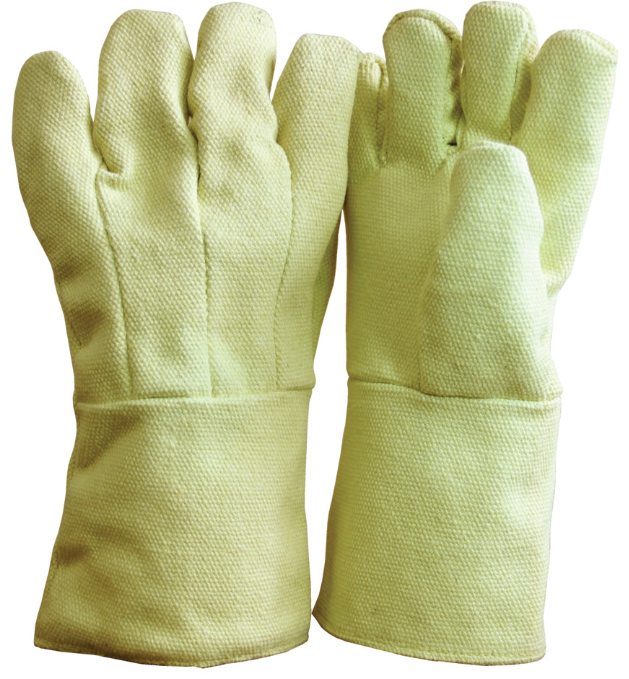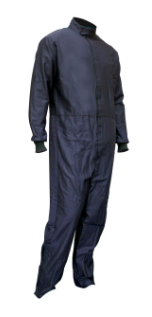Inherent vs Treated FR Fabrics in PPE
Flame-resistant fabrics can be divided into two categories: inherent and treated. What are the differences between the two and why does it matter? Let’s find out.

Inherent FR fabrics
In inherent fabrics, the flame resistance is a property of the material itself. This means that the fire resistance won’t degrade no matter how many times you launder it.
Inherent fabrics tend to have higher Thermal Protective Performance (TPP) scores than most treated fabrics, which indicates greater flame protection. Garments made out of inherent fabrics tend to have a higher initial cost than those made from treated fabrics, but this is balanced by its comparative longevity.
Examples of inherent fabrics include those made from aramid fibers and most aluminized fabrics, like our para-aramid gloves and aluminized coats.

Treated FR Fabrics
A treated fabric is a naturally combustible material (usually cotton or blended cotton) that has flame-retardant chemicals applied to it in the manufacturing process.
Unlike inherent FR fabrics, it’s possible for treated fabrics to lose their flame-retardant properties over time. The rate of degradation depends on which base material and FR chemicals are used, the conditions the garment is used in, and the manner and frequency of laundering .
FR garments made from treated fabric are usually cheaper, but this can vary depending on the weight of the garment and how much/the types of FR chemicals used in the production process.
Which is better?
Just to be clear: both inherent and treated fabrics will protect the wearer—at first. Their respective FR properties will change over time depending on how they’re used and cared for.
For instance, wear and tear can compromise both inherent and treated FR fabrics, where thin patches or even holes in the garment create gaps in the protection.
Treated fabrics will lose effectiveness over time through repeated washing, but service life can be extended by following the care instructions provided by manufacturer. Avoid using bleach, starch, and fabric softener, as these chemicals may not interact well with the FR chemicals.